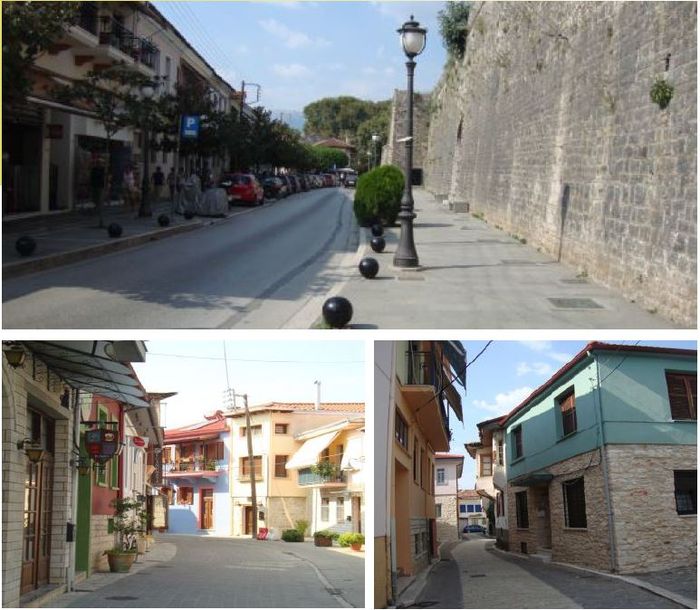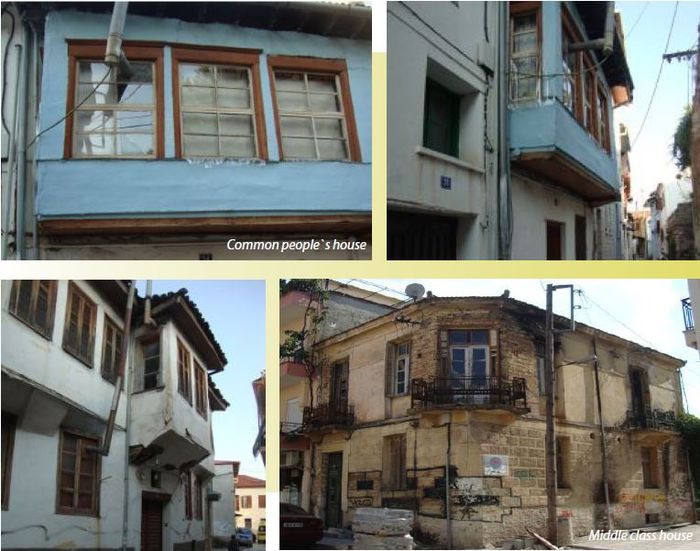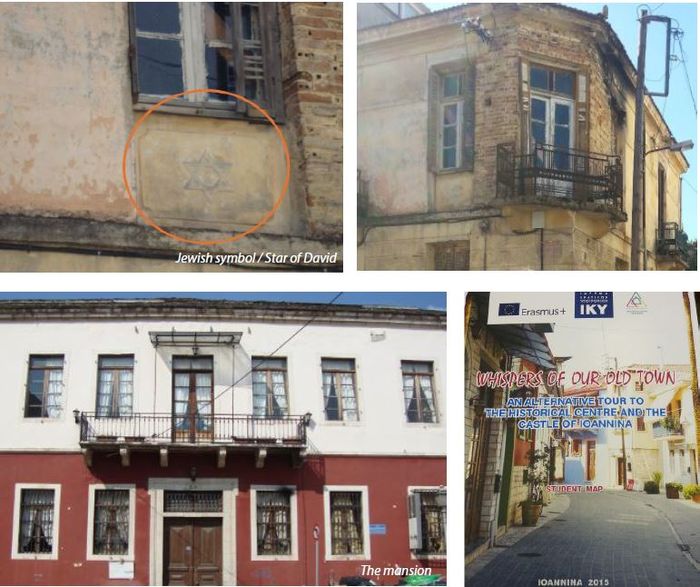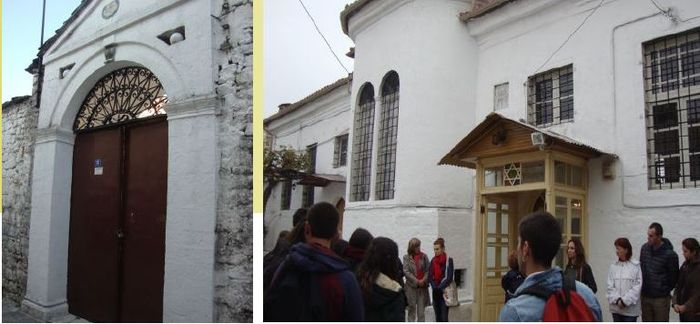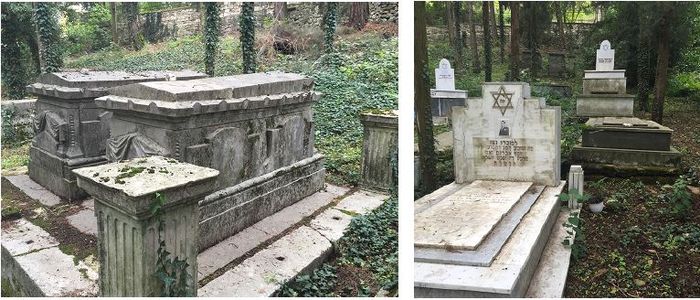Traces of Jewish life in Greece
|
The Jews that have lived in Greece since Hellenistic times (3rd century B.C.), were called Romaniote Jews. They used Greek as their everyday language οf communication and were inspired by the local culture and customs and retained their religious identity. With the arrival of the Sephardim in the late 15th century, things changed. Populations in most of the Romaniote Jewish communities, except those of Epirus, the Peloponnese and Crete, had dwindled because of migration and were therefore absorbed into the culture of the Sephardim, whose traditions held sway. Notable differences between Romaniote and Sephardim were in the language they used, their dress, food and form of religious observance. The city of Ioannina was definitely the centre of the Romaniote Jewish population. Jews were treated reasonably under Ottoman rule. They were allowed freedom of religious observance, given special privileges in trade and work, and they were allowed autonomy within their own communities. The Jewish population lived in their own quarter inside the city walls / fortification. This was by no means a ghetto; it was merely the Jewish quarter of the Ottoman city where, as in all Ottoman cities, each minority religious group had its own neighbourhood.
The Jews of Ioannina lived in the castle and around it. In the castle lived mostly low income Jews, whereas merchants and manufacturers (middle class) and the rich lived at the streets right outside the castle, close to the walls. So, there are three types of residence: The common people’s house, the middle class one and the mansion. The Levi residence belongs to the third category. The common people’s house is spartan and functional, built on a narrow and long lot. Its features are: the ground floor is the winter residence and the workshop, the upper floor is the summer residence, the yard is at the back of the house, the upper floor is typically overhanging, the ground floor has stone masonry, whereas the upper floor is made of wood. Middle class houses are outside the walls and share the same features as mansions, only their ground floor is used as shop or workshop and the second floor is the residence of the family. It is smaller in size and the ground floor is not elevated from the street level. Typical features of Jewish mansions are a rectangular shape, a compact design, the ground floor is elevated compared to the street level, a street front façade, a back yard, stone masonry, iron bars protecting the windows and a balcony and iron bar frame.
THE SYNAGOGUE AND JEWISH CEMETERY IN IOANNINA The Kahal Kadosh Yashan Synagogue on Justinianos Street is inside the Castle, next to the wall. Probably it was built during the Byzantine times and we don’t know if it was the first Synagogue on that site. The building was renovated two times , in 1881 and in 1987. The building was half-destroyed by the Germans but it survived while the Synagogue outside the castle was completely destroyed. It was the mayor of the city, Demetrios Vlachlidis, who saved the Synagogue, because he told the Germans that the building could be used as Greek library and that the holy books should be in a museum. The Synagogue is surrounded by a wall. Inside the walls there is a yard. The Synagogue shape is square. Inside there are arches that connect the interior columns. The most important thing is the Ehal, which is the cabinet of the holy books, with a marble façade, and the raised bima in the west. There is a women’s section in the north interior balcony. The design of the Synagogue is unique with Venecian and local influences. The new Jewish cemetery of Ioannina was constructed in the 19th century. Before this construction there were other Jewish cemeteries in the city. There was an old cemetery approximately 300 meters from the market, in the centre of the city. Nothing remains of it now. In 1892 there was another Jewish cemetery near Zosimaia School which was desecrated by the Ottoman authorities. Later, the community had another cemetery, in the neighborhood known as Kalkan. The Jewish Community of Ioannina bought an area from Ali Pasha in the early 19th century. The bones from all the old Jewish cemeteries were put to the new cemetery, which is still extant today. The community also transferred the tomb stones some of which are extremely old. The oldest one is from 1426. Today there is a monument for the victims of the Holocaust in the cemetery. The cemetery of Ioannina is used for burials not only for Ioannina Jews but also for Jews for nearby cities. |

